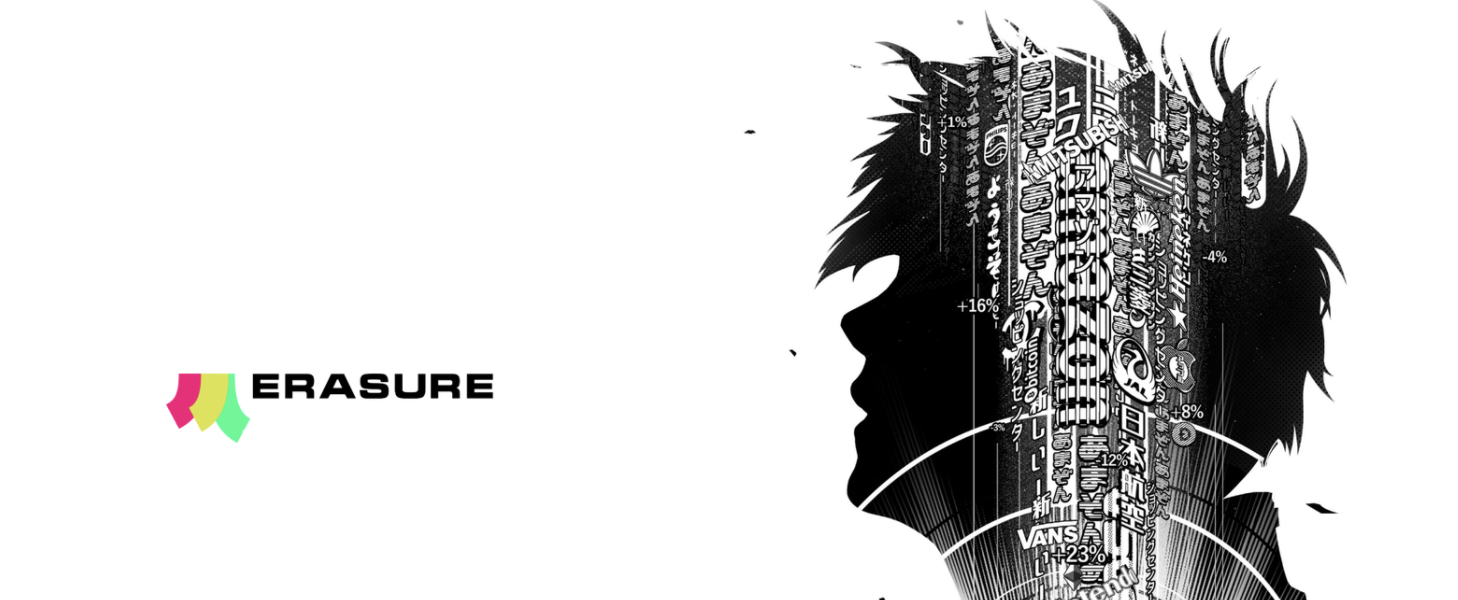categories
All Categories
- Bitcoin
- Centralised Exchanges
- Crypto
- Crypto Asset Volatility
- Crypto Correlations
- Crypto Governance
- Crypto in the Portfolio
- Crypto Valuations
- DeFi
- ESG
- Ethereum
- Investment Highlight
- Regulation
- Security and Privacy
- Social Media Influence
- Stable Coins
- Traditional Finance and Crypto
- Uncategorized
- UNSDG
- Web 3.0
Authors
All Authors

Investment Highlight: Numerai
by Henrik Andersson
Numerai is launching the Erasure protocol
Numerai started out as a hedge fund that used Blockchain and crypto to crowdsource predictions from data scientists around the world. Erasure is a middleware protocol on top of the Ethereum network.
Numerai the hedge fund trades traditional instruments like stocks based on quantitative models. A quant hedge fund would normally employ a number of math PhDs to develop and optimise the trading models for the fund. Instead Numerai is using crypto incentives to crowdsource this work. Data scientists participate in monthly tournaments by submitting predictions based on encrypted financial variables. Winning participants is rewarded in NMR tokens. The encrypted data are normalised and cleaned, looking like this:

Numerai’s tournament data
As a hedge fund you don’t want to give away the data for others to work on. That’s why the data is obfuscated through encryption. The trick here is using a novel kind of encryption to preserve the structure of the data even as it is encrypted. This means that the data scientists around the world can build models to make predictions on this encrypted data. Thanks to encryption and crypto incentive models like staking, Numerai is able to crowd source machine learning data scientist from around the world. The result is that Numerai doesn’t have to give up their proprietary data and the data scientist don’t have to give up their models, only their predictions.
So far Numerai has paid out over US$6.5M in rewards and Numerai has been one of the most used protocols on Ethereum while backed by some of the most prominent investors in the space like Union Square Ventures, the cofounder of Renaissance (one of the top hedge funds in the world) and the cofounder of Coinbase.
While Numerai is really impressive and innovative, we felt that optimising on running a hedge fund, Numerai, wasn’t the right fit for our fund with its primary focus on open finance infrastructure projects. Numerai was too narrow and too centralised for our liking. That’s why we were very pleased to see the announcement of the next phase of Numerai; Erasure.
Erasure
Erasure is an open platform for data prediction that can be used by anyone. By having participants create an immutable record of predictions on a blockchain, coupled with skin in the game in form of staking, Erasure creates a general market place for all kind of data that is open to anyone in world. There are huge amounts of data in the world but the good predictions can’t easily be leveraged and potential buyers of those predictions don’t have a reliable way of measuring accuracy over time. Erasure effectively allows anyone to time-stamp data, allowing people to develop an immutable data record. Further, participants can signal their belief in the data by staking NMR.
Numerai built the first two applications on top of Erasure, ErasureQuant and ErasureBay.
ErasureQuant is a stock market prediction market on top of Erasure. Anyone can submit a prediction of a stock in Russell 3000, that prediction is encrypted and sent to IPFS (a decentralised file storage protocol), while a hash is committed to the Ethereum blockchain. Over time you can create an immutable record that combined with staking prevents you from submitting multiple conflicting predictions. ErasureQuant is live and usable today, you can check it out at ErasureQuant.com.
Anyone can build their own markets on top of the Erasure protocol and Numerai recently put up a grant of $1M for developers to do just this.

ErasureBay (deriving its name from The Pirate Bay) was the second market on Erasure that was announced. While the core building blocks are the same as ErasureQuant (IPFS, Ethereum and staking of NMR), ErasureBay is a general purpose data market, not necessary finance related. ErasureBay is designed to allow innovative uses for general purpose data time-stamping to create an immutable record.
With the Internet, data were let free, it became widely available to almost everyone in the world. ErasureBay is trying to solve the trust issues — i.e. which data should we trust. It is hard to predict what kind of data ErasureBay will be most used for. Will it be used by the next generation of stock pickers or whistleblowers. Perhaps the next Edward Snowden will use ErasureBay to build trust with the public.

Apollo’s CIO Henrik Andersson met with Numerai in Singapore during Invest: Asia 2019
Numerai recently made a public promise to quickly decentralise as much as possible while reducing the total supply of NMR — which is at the centre of everything in this new emerging ecosystem. The ethos and decentralisation of Numerai is quickly getting recognised by some of the top crypto companies. The Crypto Rating Council classifies crypto assets on the likelihood of them being securities. A rating of 1 means an asset has no resembles of a security while a 5 strongly suggest it is a security. Notably, Numerai scored a 2 — indicating it has little resemblance to a security. Only pure cryptocurrencies like Bitcoin and Litecoin scored lower.
In summary, we have always been fascinated by Numerai’s clever use of structure-preserving encryption and with the launch of their new platform Erasure coupled with the team’s strong ethos of decentralisation and track record of delivering, Numerai has a clear a place in our portfolio.
Thanks to Richard Craib for reviewing this post.